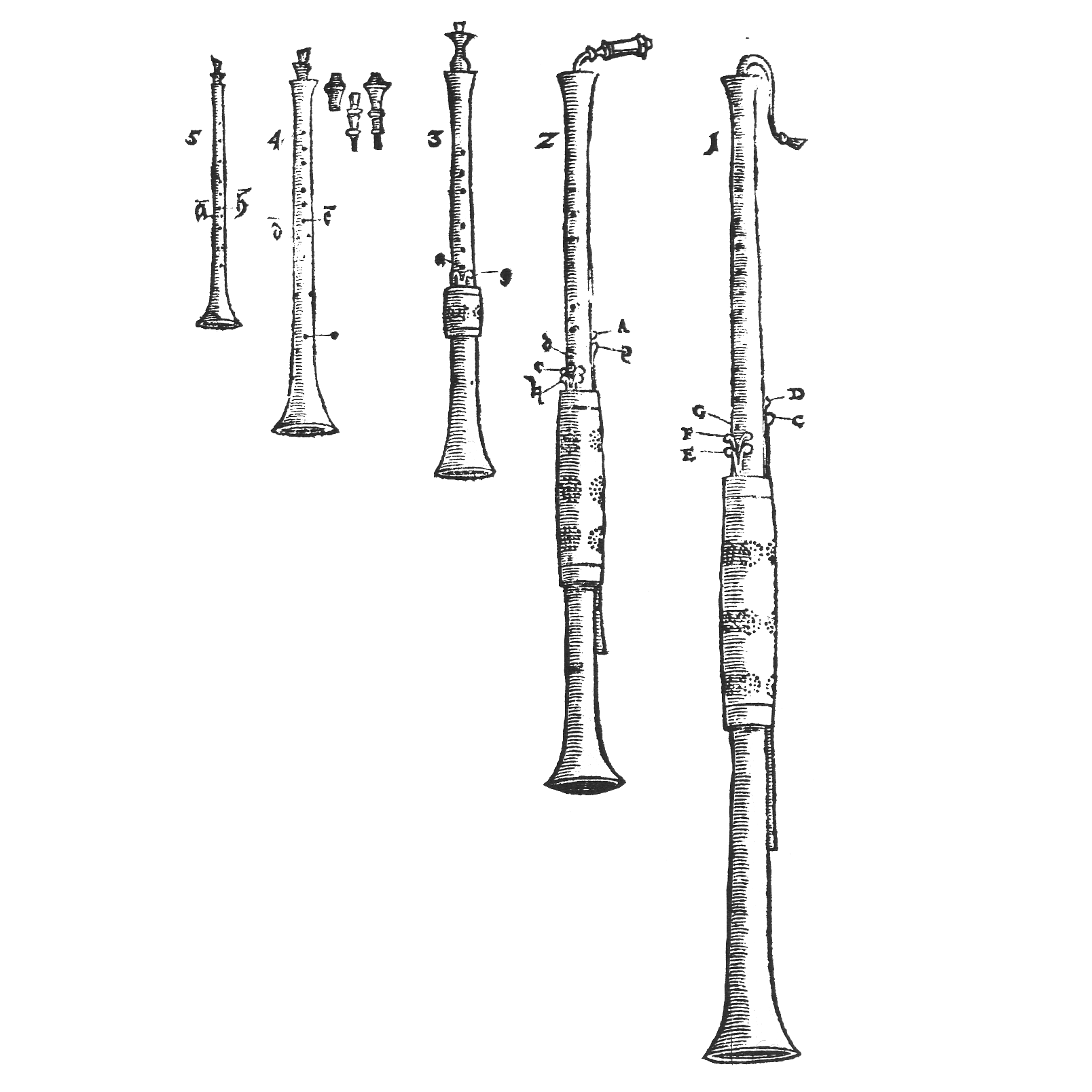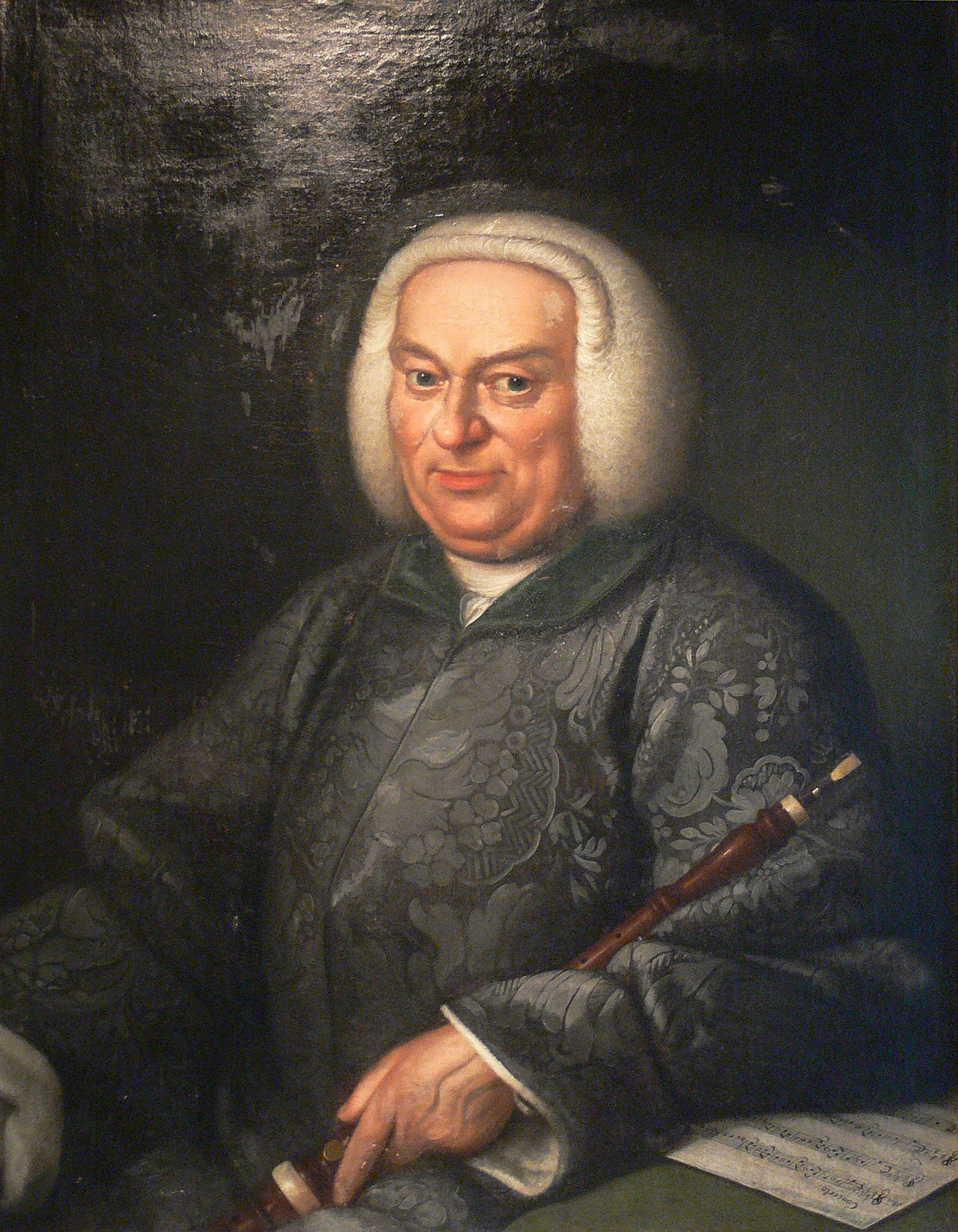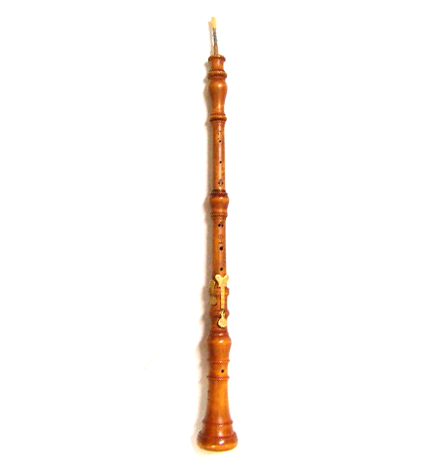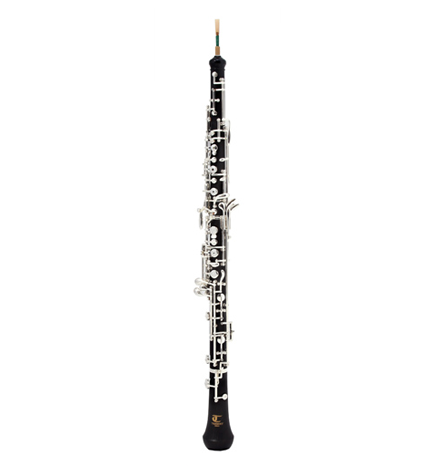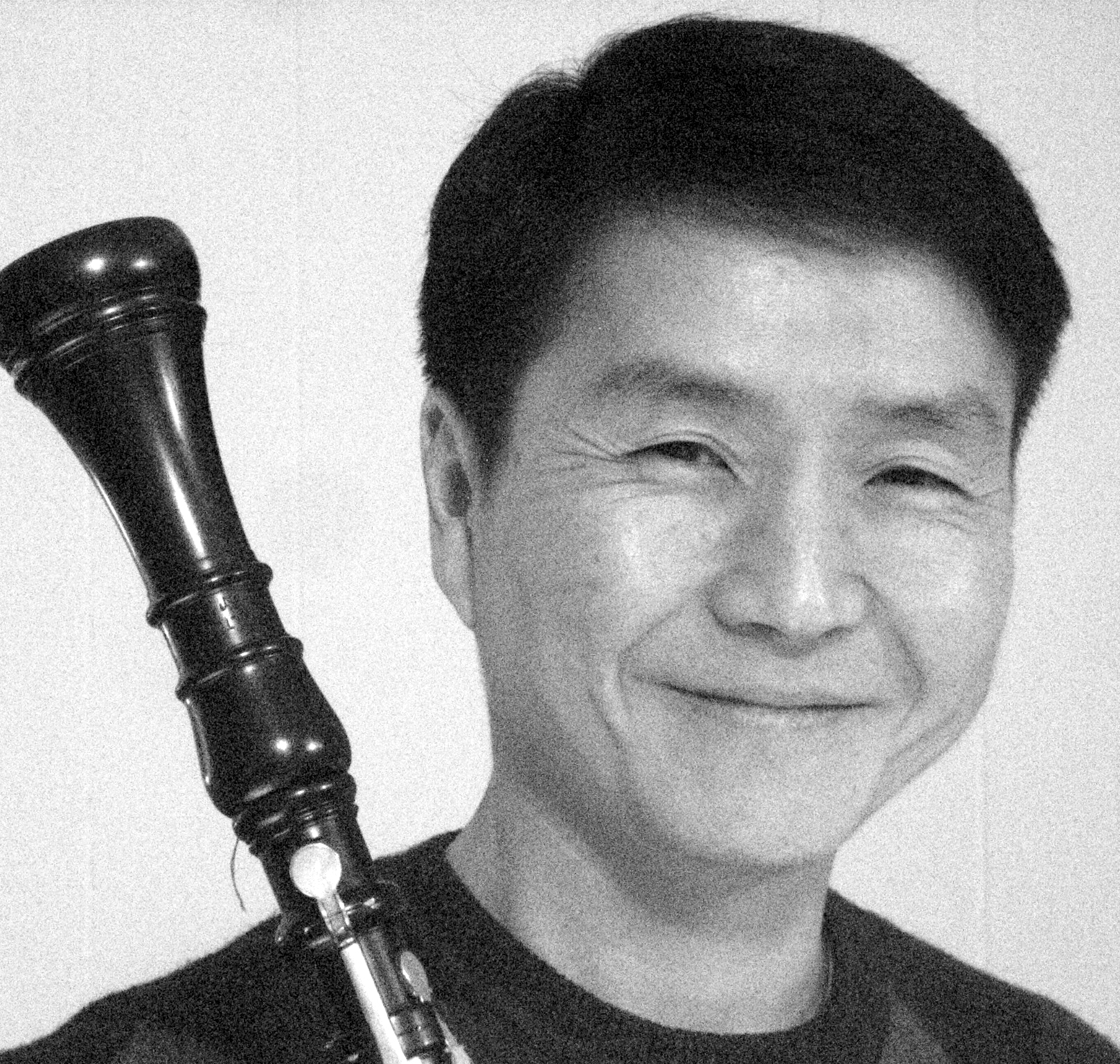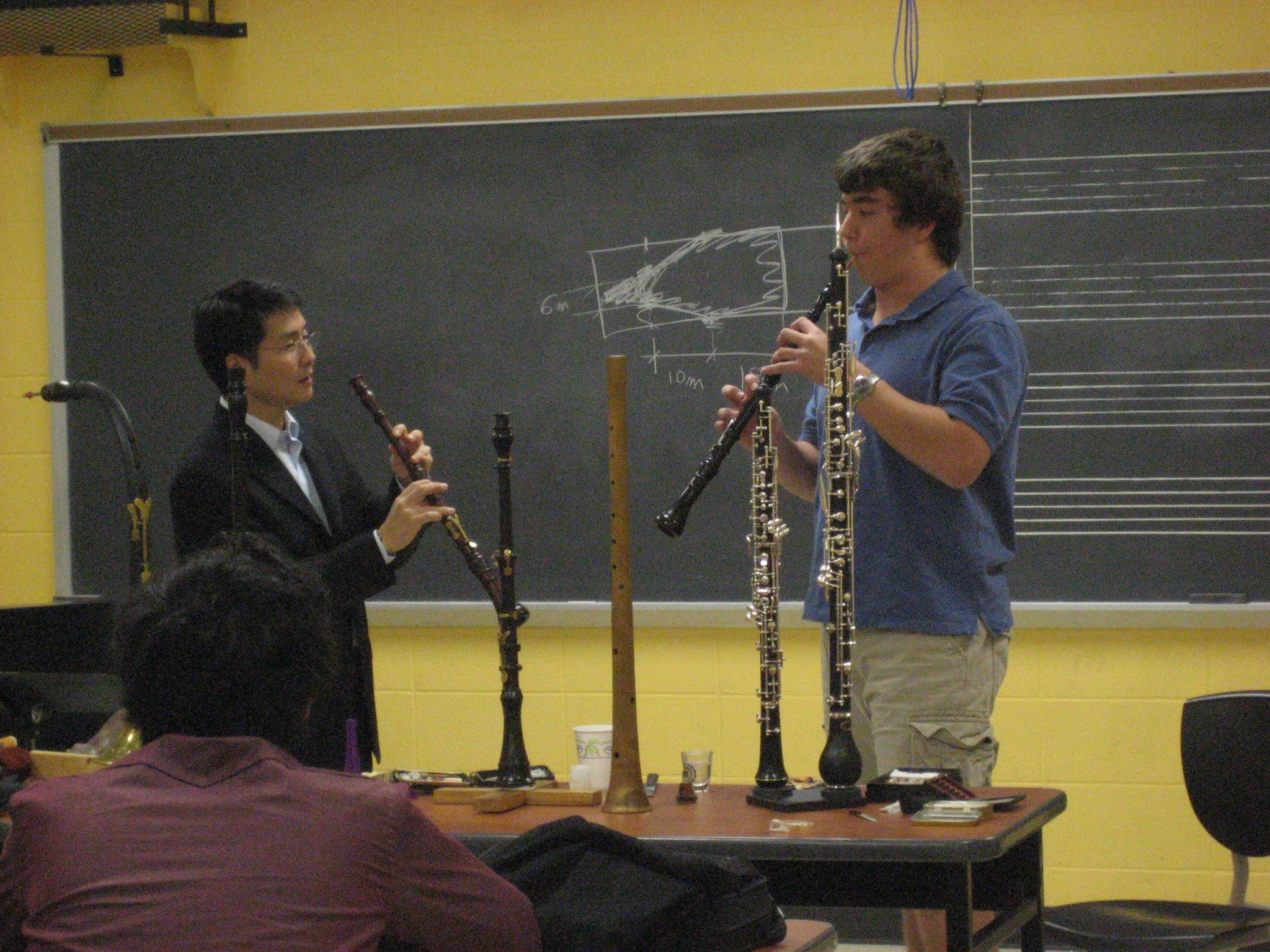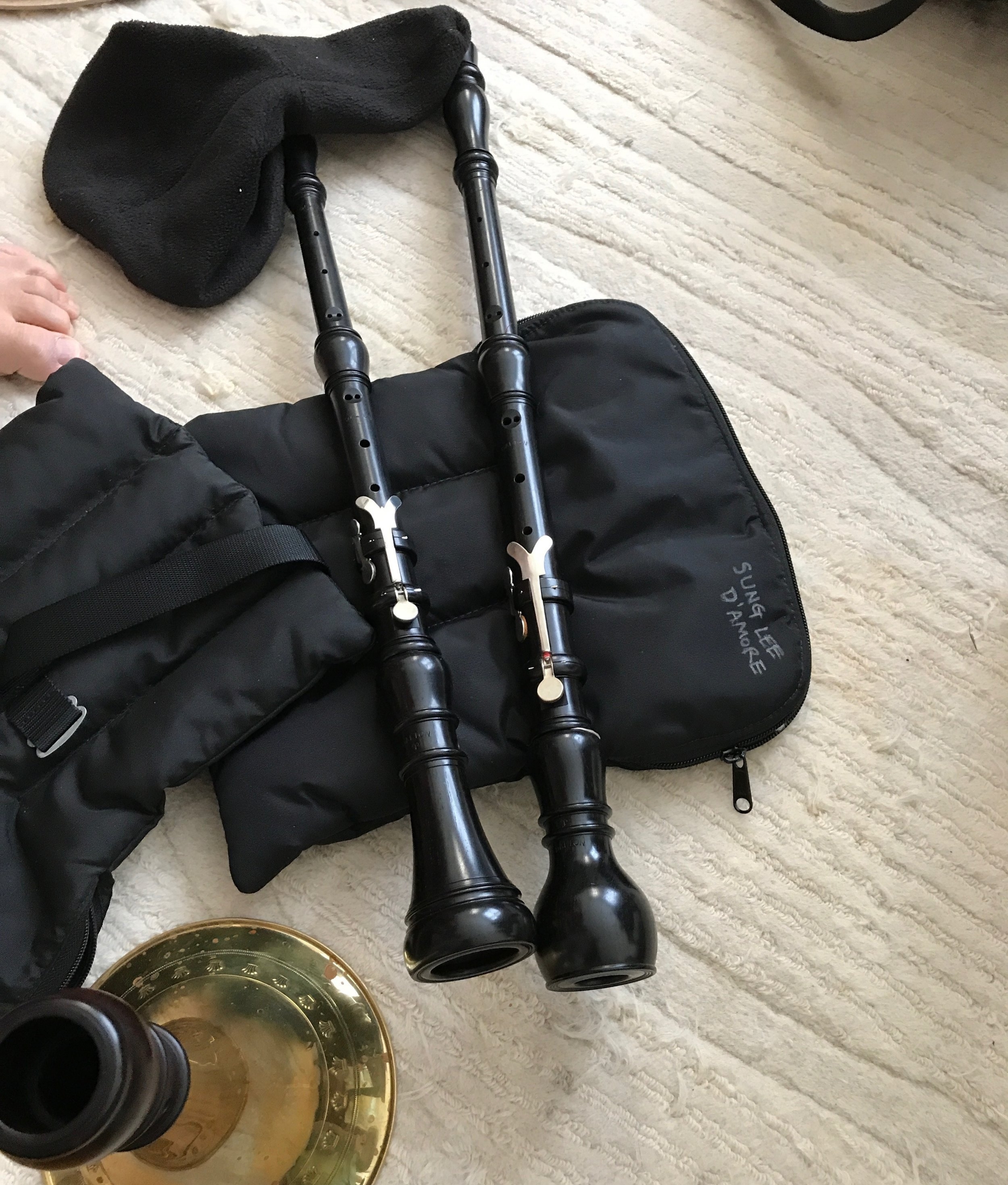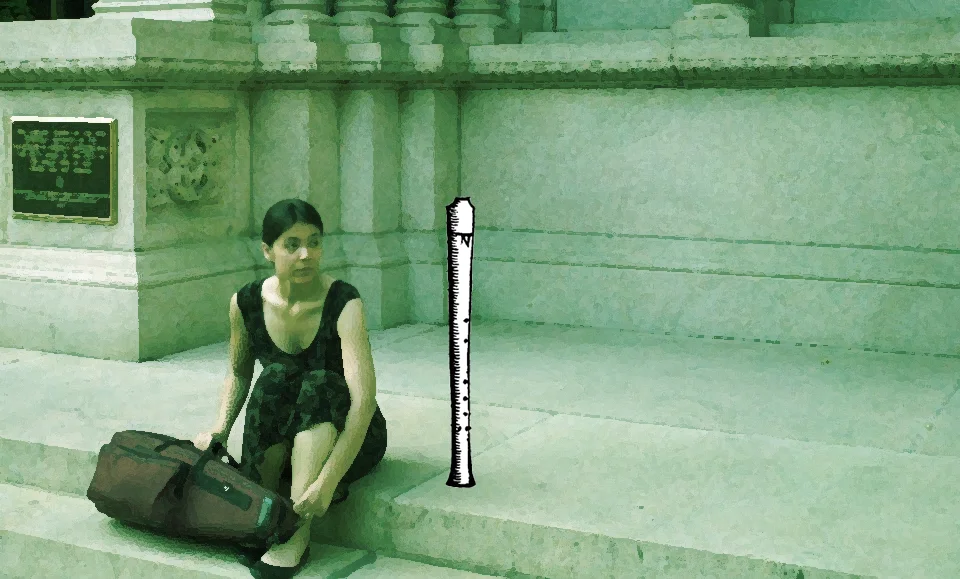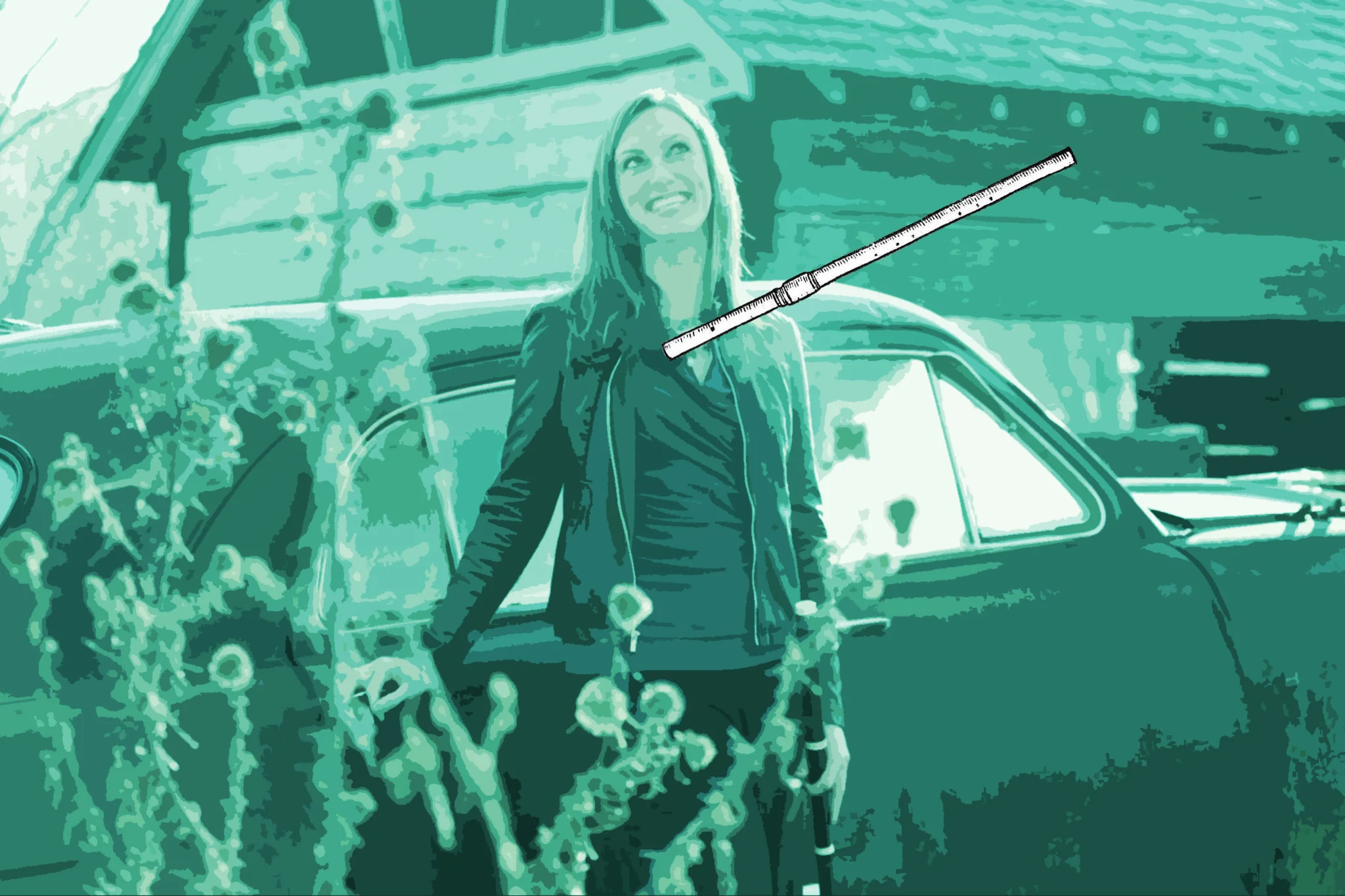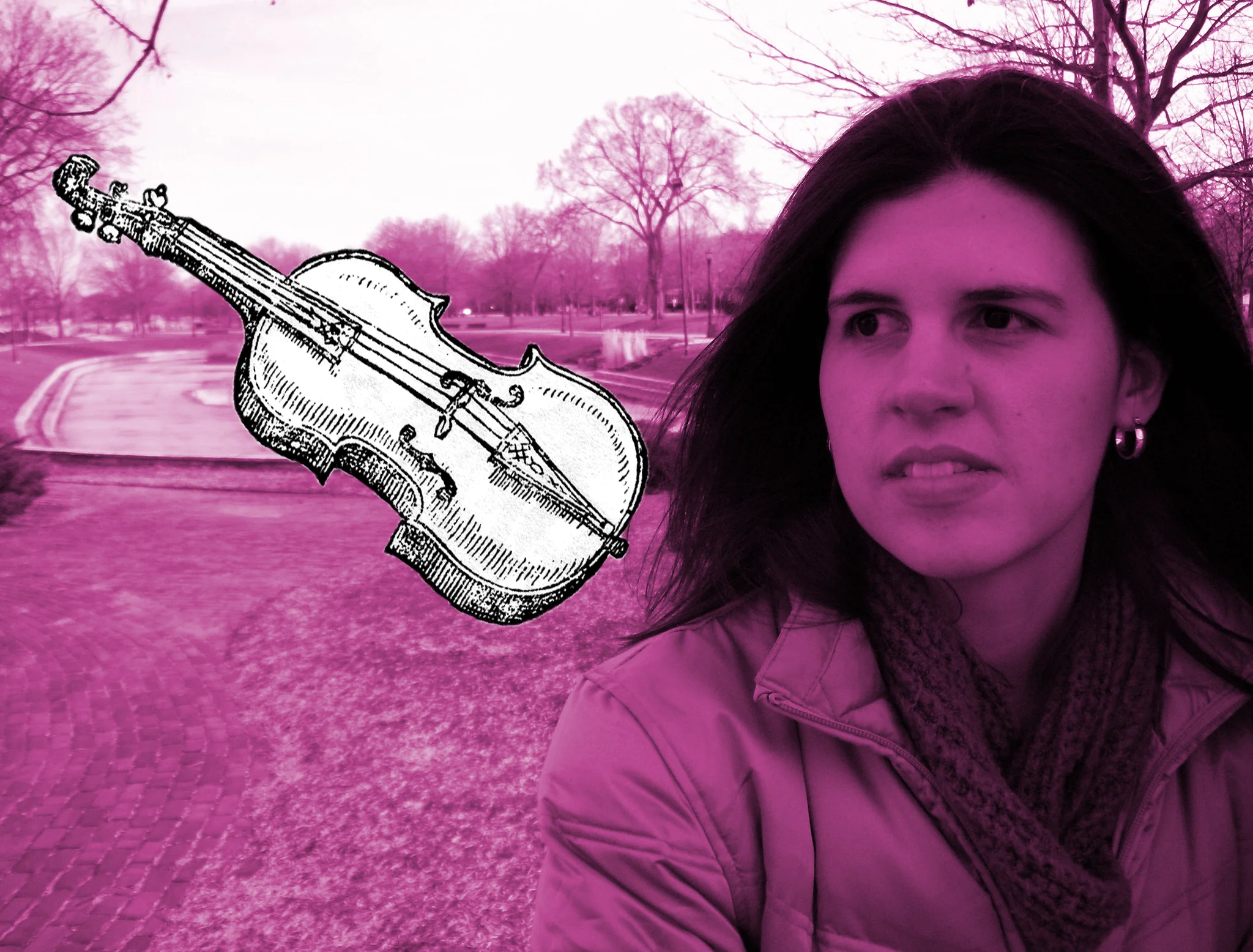Hey! When you're done reading this blog post, head to
to find out more and purchase tickets!
Familiar, But Unique
What do you get when you employ two creative Frenchmen as the resident artists of your 17th century court? With some luck, you'll get an invention that becomes popular at home, and goes on to becomes an integral part of orchestras and chamber ensembles around the world as both a team player and as a solo instrument. Thankfully, the stars aligned with the innovative minds of Jacques Hotteterre and Michel Philidor and the Baroque oboe was born.
The Baroque oboe, though somewhat similar in shape to the modern oboe today, differs from its modern counterpart in a number of ways. It's wooden, has mostly open holes (except for two keys), and a conical shape. It was hand carved from grenadilla or black wood, and so each instrument is unique because of the type of wood, its density, and other properties.
It also has a wider inside chamber (called a bore) which allows the player to push more air through it. That's important to note because it means the reed (the piece of wood on the top that the player blows through) tends to be a little wider, which creates a sweeter, warmer sound. The wider reed also means less resistance and back pressure for the performer.
While the body of the oboe will last for a long time - decades, if not centuries - reeds have a shelf life and must be replaced often. Every oboe body is unique, and so is every reed. Consequently, each note has its own sound quality and its own timbre. This is unlike the modern oboe, which is made to keep the tone and timbre the same across all the instrument.
The Baroque oboe is also comparable to the “love glue” traverso, and shares these characteristics:
- to get to high notes, the player has to “over blow” the instrument; modern instruments sometimes have a key to help do this
- it is best played in keys that have no more than 2 sharps (#) or 2 flats (♭)
- when playing a trill*, it has to always be played “wide” (so if written as E to F trill, the player actually plays E to F#)
Fun Fact
Chicago Stories composer, Heidi Joosten, played the oboe as a youngin’, but this is her first experience working with the Baroque oboe. It was love at first note. She and our oboist, Sung Lee, had fun geeking out on why the Baroque oboe is the coolest thing ever.
A Note On Ornaments
In case you're wondering what a trill* is, it's a special ornament where you repeatedly play two neighboring notes back and forth really quickly. Ornaments are fun ways of making music sound more interesting, and often adding to the emotional expression of a piece. We do them in modern pop music, too - think of the Star Spangled Banner with all the extra notes and embellishments that singers sometimes add. Another cool ornament the Baroque oboe can do is called flattement; the oboist will move their finger over the open holes of the instrument to create a small wave in the pitch, also called "finger vibrato."
A Story within A Story
Quite possibly the sweetest sounds I have ever heard on a Baroque oboe came from the great Washington McClain - Sung's teacher! When he was still alive, we had a conversation where we were sharing our Chicago experiences. Wouldn't you know, we discovered my first apartment ever in Chicago was in the same building Wash lived in decades before while going to school at Northwestern!
He also gave the best hugs.
When asked what’s an example of great oboe writing, without batting an eye, Sung said Brandenburg Concerto No. 1. (Spoken like a true oboist.) What could be better than one Baroque oboe? Three Baroque oboes!
CHICAGO STORIES BLOG
Join BBE Artistic Director, Brandi Berry, as she explores the instruments, people, and stories being the project through our blog series!
